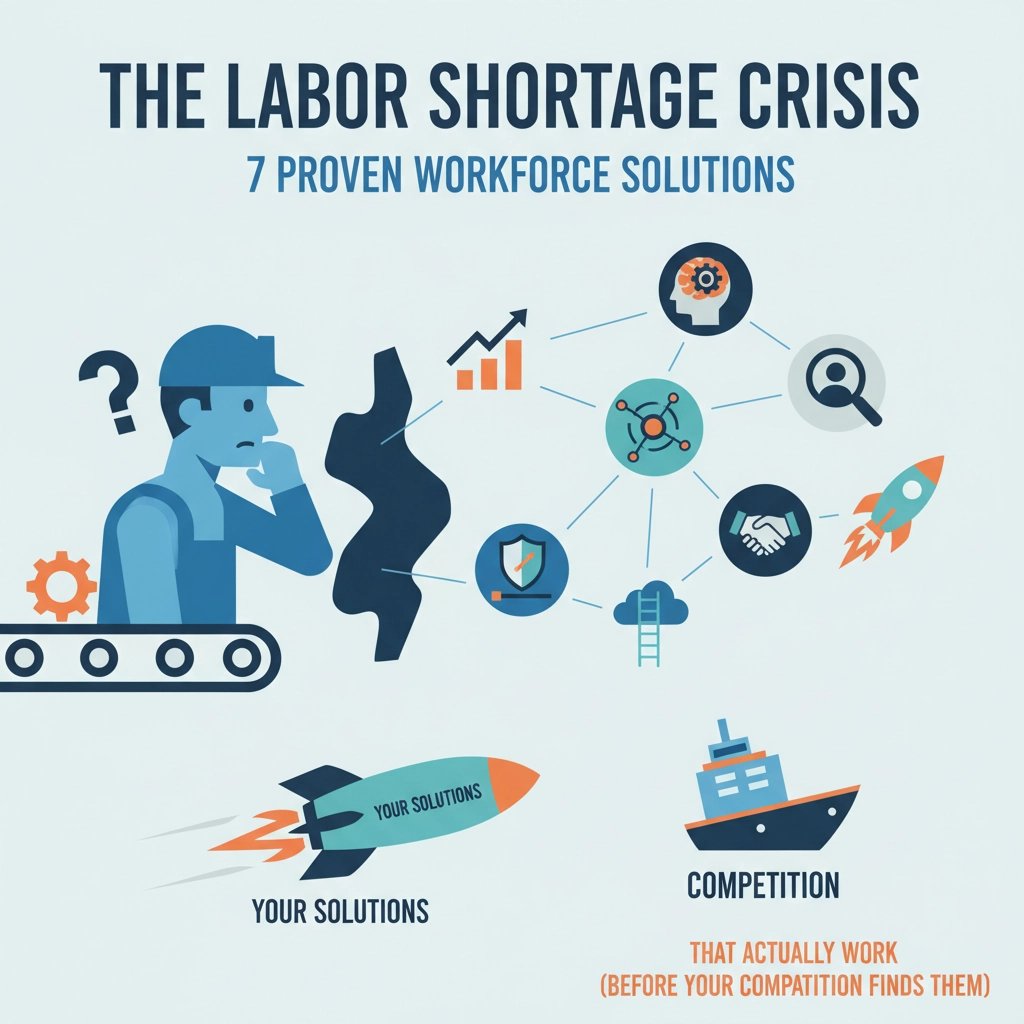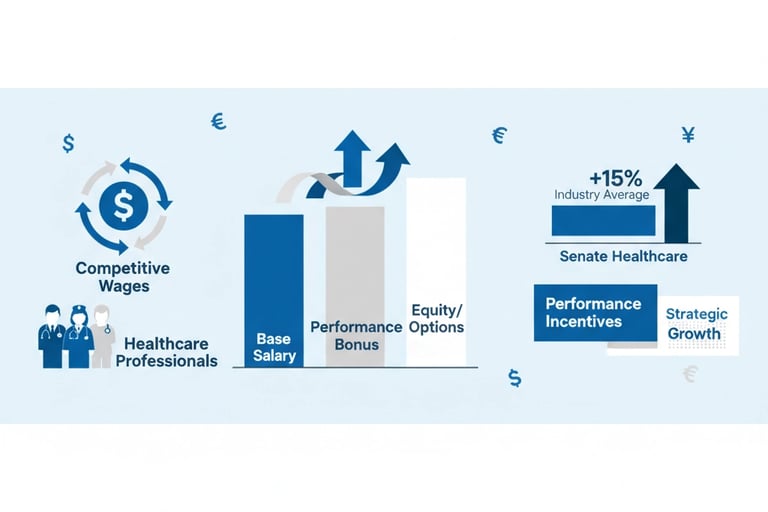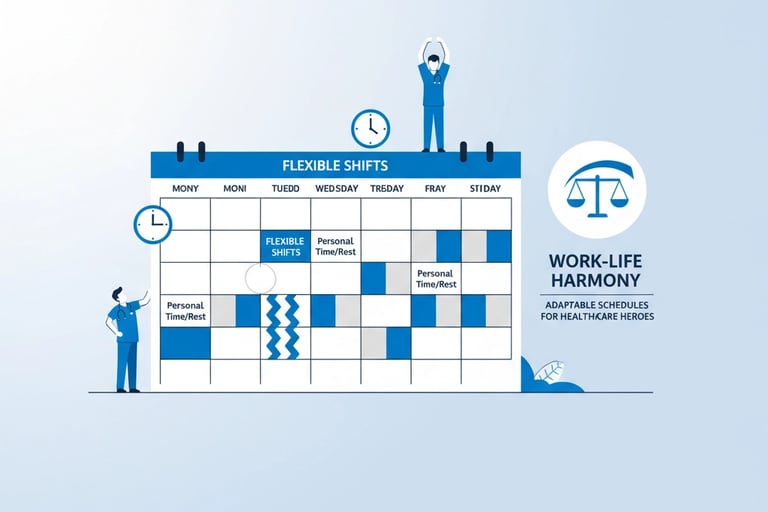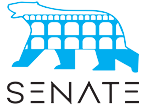The Labor Shortage Crisis: 7 Proven Workforce Solutions That Actually Work (Before Your Competition Finds Them)
This comprehensive guide provides home health and hospice agency owners with seven actionable workforce solutions to address the healthcare labor shortage crisis. The article covers competitive compensation strategies, training partnerships, technology implementation, flexible work arrangements, employee referral programs, retention strategies, and cross-training initiatives specifically tailored for healthcare service providers.
10/2/20255 min read


The home health and hospice industry faces an unprecedented staffing crisis that threatens operational stability and patient care quality. With over 2.2 million healthcare workers having left the profession since 2020 and demand for home-based care services continuing to surge, agency owners must implement proven workforce solutions immediately to stay competitive and maintain quality standards.
The healthcare labor shortage isn't just about empty positions on org charts. It represents a fundamental challenge to your agency's ability to serve patients, maintain regulatory compliance, and achieve sustainable growth. The good news? Forward-thinking agencies are already implementing specific strategies that not only solve staffing problems but create competitive advantages.
1. Implement Competitive Compensation Packages with Performance Incentives
The most immediate solution to healthcare staffing shortages involves strategic compensation restructuring. According to the Bureau of Labor Statistics, home health aide wages have increased by 23% since 2021, but many agencies still offer below-market rates.
Successful agencies are implementing tiered compensation structures that reward experience, certifications, and performance metrics. This includes base pay increases, shift differentials for weekends and holidays, mileage reimbursement above IRS rates, and quarterly bonuses tied to patient satisfaction scores.
Consider offering signing bonuses for certified nursing assistants and licensed practical nurses, as these roles face the most severe shortages. The investment in higher wages often pays for itself through reduced turnover costs, which average $3,500 per healthcare worker replacement according to industry studies.


2. Develop Strategic Partnerships with Healthcare Training Programs
Building sustainable talent pipelines requires proactive relationships with local nursing schools, community colleges, and healthcare training programs. The most successful agencies don't just wait for graduates; they actively participate in shaping the next generation of healthcare workers.
Create internship programs that offer real-world experience while providing potential future employees with hands-on training in your specific service areas. Offer tuition assistance or loan forgiveness programs for students who commit to working with your agency for specified periods after graduation.
Partner with community colleges to develop specialized training modules for home health and hospice care. This ensures new graduates have the specific skills your agency needs while positioning your organization as a preferred employer among program participants.
3. Leverage Technology for Efficient Scheduling and Communication
Modern workforce management technology can significantly improve job satisfaction while reducing administrative burdens that often drive healthcare workers to seek other opportunities. Mobile scheduling apps allow caregivers to view available shifts, request preferred assignments, and communicate directly with supervisors.
Implement electronic visit verification systems that streamline documentation while providing real-time updates on patient care activities. This reduces paperwork burden on caregivers and improves communication between field staff and office personnel.
GPS-enabled scheduling systems can optimize route planning, reducing travel time between patients and allowing caregivers to see more clients efficiently. This technology directly impacts job satisfaction by eliminating unnecessary driving time and increasing earning potential for per-visit compensation structures.
4. Create Flexible Work Arrangements and Career Development Paths
Healthcare workers increasingly prioritize work-life balance and professional growth opportunities. Agencies offering flexible scheduling options, including part-time positions, job sharing arrangements, and predictable schedule rotations, report significantly lower turnover rates.
Develop clear career advancement pathways that show healthcare workers how they can grow within your organization. This might include training programs for home health aides to become certified nursing assistants, or leadership development tracks for experienced nurses to move into supervisor or case management roles.
Consider offering remote work opportunities for appropriate positions such as intake coordinators, schedulers, and some administrative roles. This expands your potential talent pool beyond your immediate geographic area while providing employees with desired flexibility.


5. Establish Employee Referral Programs with Meaningful Rewards
Your existing employees represent your most valuable recruiting resource. Healthcare workers typically have extensive professional networks and understand the specific qualities needed for success in home health and hospice care.
Create referral programs that offer substantial rewards for successful hires who remain with the agency for specific time periods. Consider offering both cash bonuses and paid time off as referral incentives, allowing employees to choose rewards that best meet their individual needs.
Track referral program success metrics and regularly communicate results to staff. When employees see that their referrals are valued and that the program generates real results, participation rates typically increase significantly.
The most effective referral programs include rewards for referring both clinical and non-clinical staff, recognizing that administrative and support roles are equally critical to agency success.
6. Focus on Employee Recognition and Retention Strategies
Healthcare workers in home health and hospice settings often work in isolation, making employee recognition programs particularly important for maintaining morale and job satisfaction. Implement regular recognition programs that celebrate both individual achievements and team successes.
Create monthly awards for outstanding patient care, going above and beyond in difficult situations, or demonstrating exceptional teamwork. Share success stories in company communications and social media to highlight the meaningful impact your employees make in patients' lives.
Develop retention bonuses for employees who reach specific tenure milestones. Many agencies offer quarterly or annual bonuses for employees who remain in good standing, which helps offset the financial incentives employees might receive for changing jobs.
Regular stay interviews with high-performing employees can identify potential issues before they lead to turnover. These conversations often reveal simple solutions that significantly improve job satisfaction and retention rates.


7. Implement Cross-Training and Skill Development Programs
Cross-training programs serve dual purposes: they provide employees with valuable professional development while giving your agency operational flexibility during staffing shortages. Train certified nursing assistants in basic administrative tasks, or provide licensed practical nurses with hospice-specific training.
Offer continuing education support that helps employees maintain required certifications while developing additional skills. This might include conference attendance, online training programs, or tuition assistance for relevant coursework.
Create mentorship programs that pair experienced employees with newer hires. This reduces training time while improving job satisfaction for both mentors and mentees. Experienced workers often appreciate recognition of their expertise, while new employees benefit from practical guidance and support.
Cross-training also enables agencies to maintain service continuity during unexpected absences or increased patient volumes, reducing the stress on remaining staff members that can lead to additional turnover.
Taking Action: Your Next Steps
The labor shortage crisis requires immediate, strategic action. Start with the solutions that can be implemented quickly, such as compensation adjustments and employee referral programs, while simultaneously planning longer-term initiatives like training partnerships and technology investments.
Remember that addressing workforce challenges isn't just about filling positions; it's about creating an environment where healthcare professionals want to work and can build meaningful careers. The agencies that successfully navigate current labor shortages will emerge stronger and better positioned for future growth.
For specialized guidance on workforce development strategies that align with your agency's specific goals and market conditions, consider consulting with healthcare business advisors who understand the unique challenges facing home health and hospice providers. The investment in strategic workforce planning often pays dividends through improved patient outcomes, regulatory compliance, and sustainable business growth.
The time to act is now. While your competitors struggle with traditional recruiting methods, implementing these proven solutions will position your agency as an employer of choice in an increasingly competitive market.
Considering a sale or divestiture of your home health or hospice agency? Contact Senate Healthcare directly for a confidential, expert consultation. We specialize in healthcare M&A for home health and hospice and handle every discussion with discretion and care you can trust.
If you are evaluating whether to sell your agency, explore a partial divestiture, or plan a succession timeline, start the conversation today. Visit www.senatehealthcare.com to request a confidential consultation with an experienced advisor who will walk you through valuation drivers, the current buyer landscape, and a streamlined process that protects your legacy, your team, and your patients.
Unlock Your 30-Minute Agency Succession Review
Maybe you're ready to expand your reach, or perhaps it's time to consider your legacy and the future of your business. Either way, it all begins with a conversation. Schedule a confidential, no-obligation call to explore what the future might hold for you and your business.
Complete the form, and we'll reach out for a chat...


© 2025 SENATE HEALTHCARE LLC.
ALL RIGHTS RESERVED


